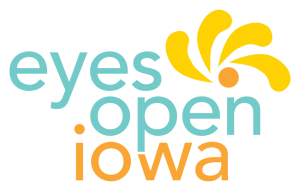Virtual Professional Development is a simulated classroom where teachers can practice teaching student avatars using short scenarios and support from an instructional coach, so they can quickly learn and master the skills they most need to be effective. With upper elementary, middle and high school classrooms, Virtual PD has scenarios for teachers of all grade levels across a wide range of topics aligned with the Professional Learning Standards for Sex Education (PLSSE). You can watch the video here (link is external) to learn more about Virtual PD.
Using the Virtual Professional Development classroom simulator, the educator will practice Responding to a Parent's Concerns about Sex Education. In this scenario, the educator will have a meeting with a parent who has expressed concern about their child learning sex education. The scenario is adapted for upper elementary, middle or high school and includes parent concerns about puberty, teaching about condoms and sexual orientation. Educators will need to demonstrate effective strategies to address the parent's concerns.




